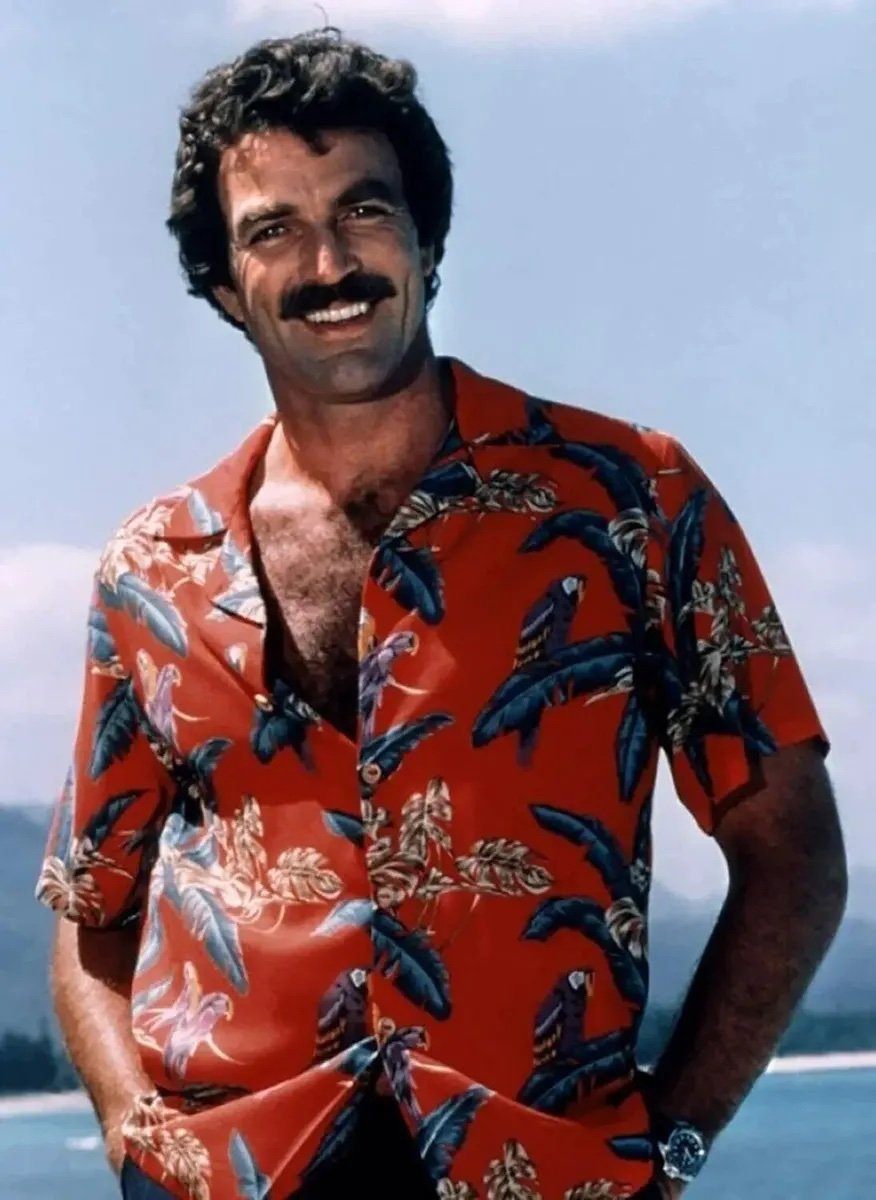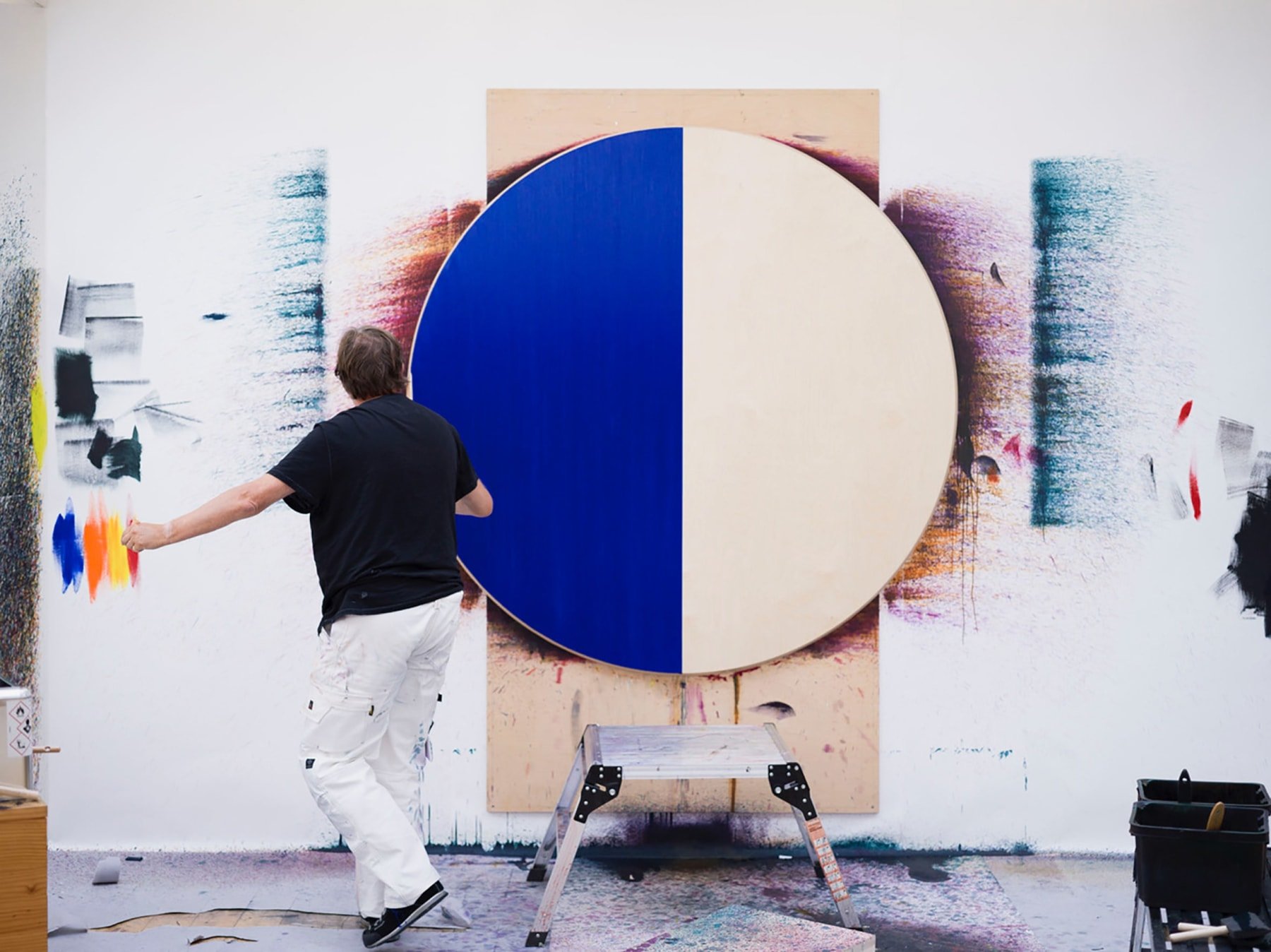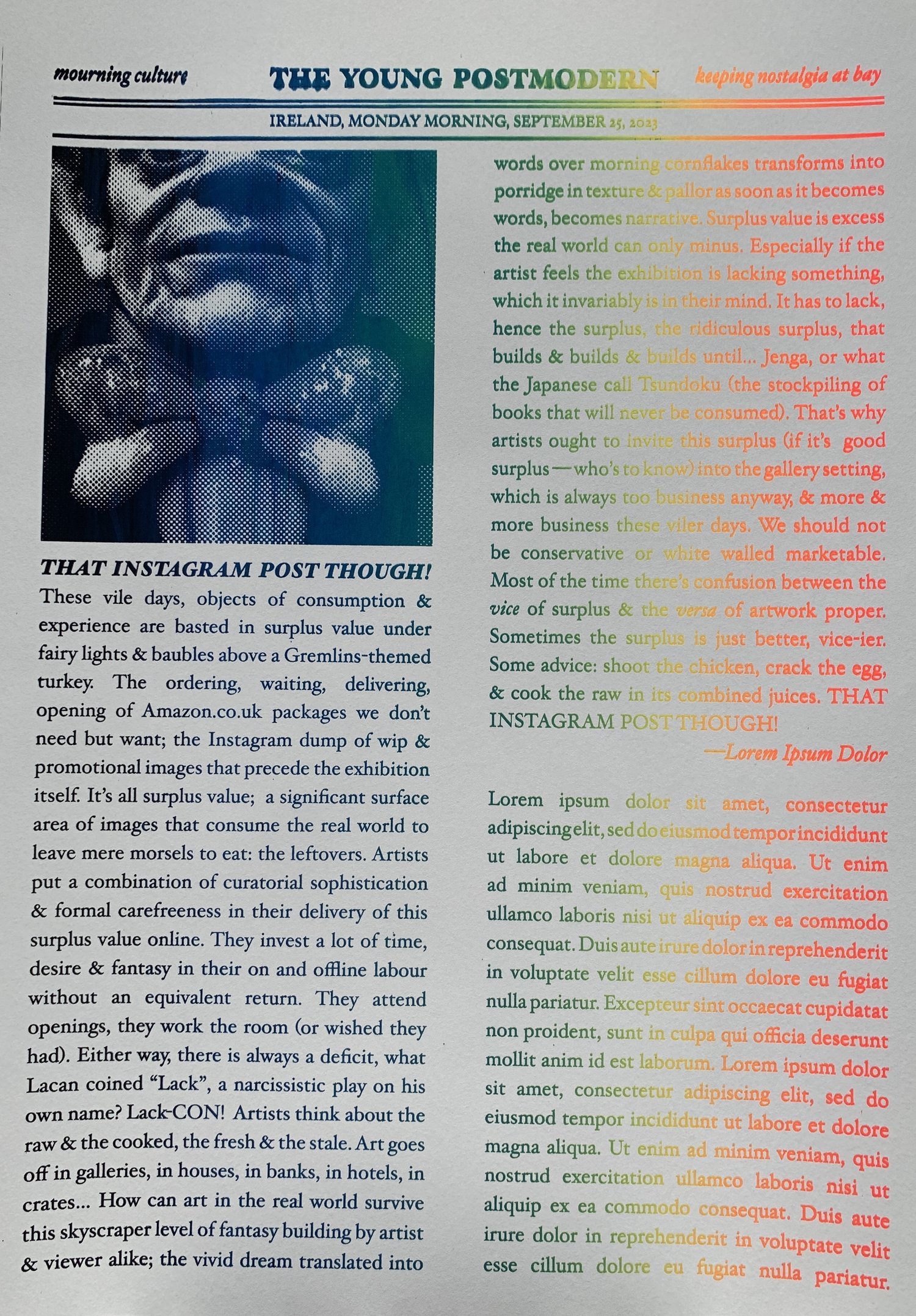Directly outside the Royal Hibernian Academy (RHA) Gallery Dublin, charity workers are talking to a homeless person, who peeks out from one of two tents snugly cradled in a concrete elbow.
This is nothing new in a big city. Yet, it is a strange epilogue to Alan Butler’s solo exhibition We are now in the mountains, and they are in us which, with a feverish funfair of colour, light, sound, AI, and not to mention, tents, is currently igniting the inner con nes of the RHA proper with ironic glee.
Sometimes in their work current socio-political issues are intentionally addressed by artists, or accidentally merge with the socio-political motorway from some narcissistic backwater source. Butler, as long as I have known him and his art, has been one of the local artists to take the path less ventured, materially manifesting the internet as both art and socio-political commentary in the public space of the gallery.
In Butler’s words: “The exhibition surveys the history of image-making devices over the last 200 years and how they have contributed to an objectified conception of what Nature is”. This has the tone of tradition, but don’t let that deceive you. It is all being done in an art institution where painting has been primary for 200 years, and in the same year the RHA celebrates and retains — in some of its institutional rituals — 200 years of cultish tradition.
Butler is not a traditionalist; he is a surplus ironist. But if you approach this exhibition with just irony in your eyes and smile, it’s going to be an empty experience. Like the Greeks’ ironically fated heroes on the road to tragedy, cultural producers throughout time have used irony to map the route to what they have already accepted as same shit, different day.
On entering the main gallery space through a heavy black curtain, a projection of the moon darts here and there across the gallery walls and ceiling. Then comes the kitchen sink, including but not exhaustively: a rotating totem of TVs with trope screensavers; AI generated and 3-D printed gilt frames and corn-on-the-cob; an automated window blind printed with an image of a painted pastoral landscape that opens and closes to images of oil rigs; and not to forget, the tents – far fancier than the tents outside – with rotating mirrors backed with encyclopaedic plates of ora, or something like that. It’s all too much and too fast to capture as a description. This is not tradition. This is not nature. This is history being propelled forward at break-neck speed.
15 years ago Butler’s grafting of the internet onto the art scene was received by most curators as plastic surgery gone wrong. No one knew where to place him. He was homeless and transient; in the world and not in the world. Especially in the non-existent reception from commercial galleries.
Crucially however Butler’s work was viewed by his peers as a tour de force and influence. In a way his art was too present, or not dependent enough on tradition. Like when young Andy Warhol’s screen-printed Campbell Soup cans were made for consumption in the gallery, not the supermarket. For example, in 2010 Butler blatantly appropriated and exhibited a souped-up version of the trailer of Sex and the City 2 and took it for a joyride in a Dublin gallery.
The lack of commercial gallery eyes on Butler — until he gained representation from Green on Red Gallery Dublin after years of challenging the status quo of painting — was due in part to the artist’s then inability to make or package quality art objects for an art market that values quality over radical aesthetic gestures. He has since resolved this issue, as evidenced at the RHA in the framed and materially sensitive wall and frame bound paintings and prints.
That said, I have never viewed Butler as a commercial artist, even though you can purchase his works in galleries and art fairs around the world. Yet Butler’s craft is less about basket weaving and homebakes, and more about conceptual craftiness, and an awareness of the tradition of art as something to appropriate, torment and upturn.
At the RHA Butler’s work is more vagabond and ranging than a local commercial setting could tolerate, as it visually and noisily hurtles across the warehouse expanse of the RHA and tradition. The concentric circles that emanate outward from his stone throwing into the past produce dangerous currents underneath.
In stark contrast, Enda Bowe’s photographs in the adjacent gallery feels like you just crashed an afternoon tea party with the good delph and cutlery, but minus the mad hatter, who is next door, where we are all Alice in his presence. I can imagine some of the RHA artist members whispering: Kids will be kids... we need to let them riot from time to time.
Against this context of whispering tradition and history, Butler resurrects the landscape painting, that most horizontally passive of artistic genres, to then bury it with digital and robotic verticals that raise two fingers to tradition. In this sense Butler’s work is a Trojan horse that stays sleeping on its haunches, bringing forth digital daydreams of revolution, with a warning if not warring hand.
Like Warhol’s supermarket America, Butler’s art is a kaleidoscope through which we can view the world around us. In this sense the artist is an indifferent and robust receptacle, who can digest all this information, recycle it, and spit it back out as a glitchy representation. This is no different than a nineteenth-century impressionist painting, or a late 1960s photorealist one for that matter. It’s just that the contemporary landscape is a little more complicated or just weirder than Monet’s Water Lilies, or John Muir’s Yosemite (a central reference in this exhibition), who wrote: “I was tormented with soul hunger... I was on the world. But was I in it?”
The world that Butler reflects back is a world not much different from the soul-searching one that John Muir expressed in 1869. And yet it is a world increasingly generated and experienced by virtual, and now AI, means. Again, Butler is not a traditionalist. In this exhibition he utilises the very same AI technology that the world is fearful will take our jobs, or, worse still, subjugate our natures.
In retrospect, Warhol’s world seems provincial relative to the world that Butler holds a mirror to today. It’s unsettling that the artist uses the word “poignant” to describe his own mirror in the press release, as if the future is already filled with sadness and regret.
Over a decade ago, Butler pasted a giant text-based work that read: BETTER LIVING UNDER CRYPTO-FASCISM. Today, in the same part of the gallery, the artist has installed a large TV on high that screens a key video work, in which we are presented with what Butler labels as a “Live simulation of an audiobook reading by an Al performer”. Simply put, an on-the-scene roving reporter, dressed in a bright yellow raincoat, narrates Muir-like poetic descriptions of a landscape from the frontline of a storm that threatens to envelop the reporter and her words. While she battles the weather, a feed of online commentary invades the screen. One commentator with the handle @ArtisticSoul87 sums up the choir of apathetic reactions to the spectacle: “in fact, can’t help but feel indifferent towards them”.
The one thing I get from Butler’s work is, there is no hope. There’s fun, yes, but no hope. The spool of the world’s predetermined destiny towards fossil-fuelled and technological obliteration is unwinding, and all we can do is dumbly look into screens and watch it take place. There is no redemption from indifference. As David Foster Wallace foretold in Infinite Jest, we cannot help but be entertained by our own demise. So this exhibition (to my mind) is about and for the public. Its funfair antics and amusements give the public enough surface glitter to sprinkle on its more ominous undertones.
In Germany in 1867, Karl Marx’s Das Kapital, Volume I was published, expounding his theories on the destructive forces of capitalism. A year later “John Muir hopped on the boat in San Francisco and asked a carpenter on the street the quickest way out of the chaotic city. Where do you want to go? the carpenter replied. Muir responded, Anywhere that is wild”.
The difference between John Muir — “the gilded age flower child” of Yosemite — and Butler himself, is that Muir, as a young man, without the responsibilities of family or finding shelter, withdrew into Nature to seed his forcefully sincere descriptions far away from the windy city of capitalism, which he could no longer bear. Butler, on the other hand, remains in the city, embedding himself into the codes of culture, capitalism, technology — within the eye of the virtual storm — with a poignant and cracked mirror held firmly in his hand●









































































